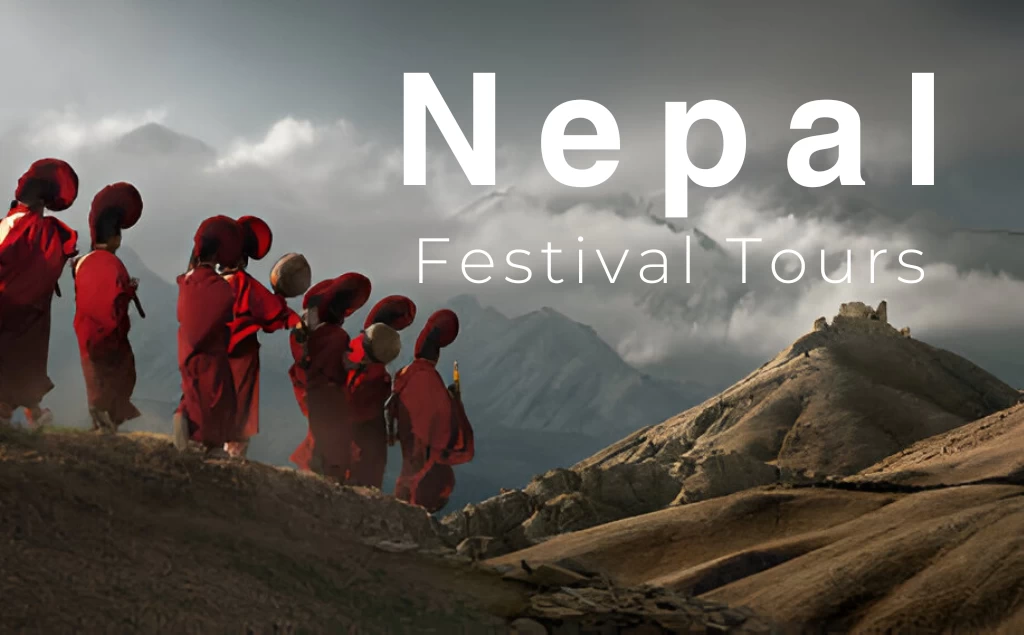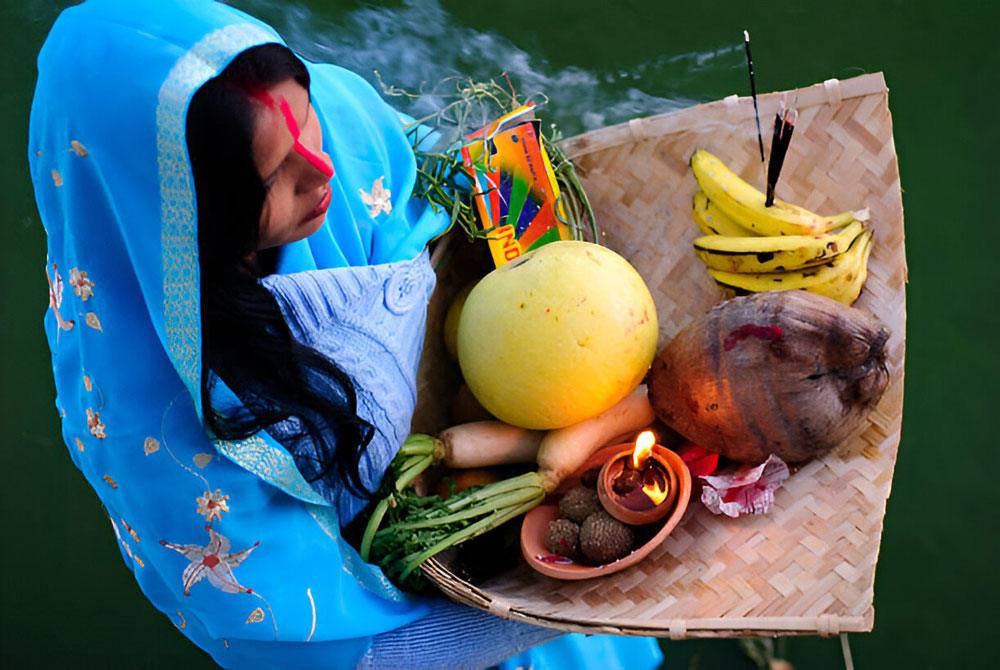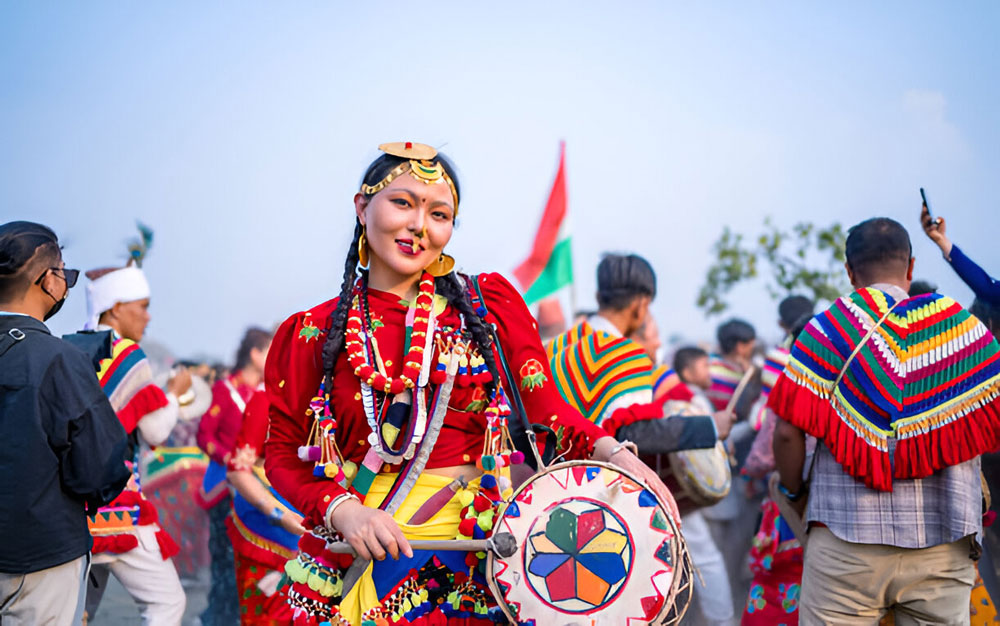
Nepal is not just a place that is known for its high Himalayas and mountains. It is also known as the land of feasts and festivals. Nepal is home to diverse settlements, in terms of ethnicity, religion, dialect, and culture. Because of the variation in language, culture, and ethnicity of people living in Nepal, people here have their own traditions and festivals.
Each religion and ethnic group in Nepal has their own festivals. In Nepal, more than 50 festivals are celebrated. In such a culturally diverse country, where the festival is celebrated with great enthusiasm, making a holiday plan at this festival will make your trip the most remarkable.
Plan your visit to Nepal to coincide with specific festival times for an enriching cultural experience.
What are Festival Tours in Nepal?
Festival tours in Nepal are exciting to understand Nepalese people’s diverse culture and customs. There are hundreds of diverse festivals in Nepal. That’s why Nepal has been called ‘the land of festivals’ that are a living part of cultural heritage. The religious festivals of Nepal follow the lunar calendar but the national festivals have fixed dates like ‘Eid and others.
Nepal is also very popular for its different cultures, traditions, and religious festivals. Also, it is well-known for its Himalayas. In Nepal, all the events are celebrated with the same happy faces and with large numbers - the way it used to be hundreds of years ago when people had no other means of entertainment.

Even today festivals are not only yearly wonders but also are living part of the amusing cultural heritage. Celebrating festivals effectually bonds those having diverse cultural backgrounds together. This is also one of the opportunities to share their social lives and share happiness.
Even though most of these festivals or these ceremonies are religious some have historical importance too. Most Nepalese festivals are related to different Hindu and Buddhist gods and goddesses. They are celebrated on such days heavenly for them by these festivals.
Nepal Festival Tour gives us a vision of the rich cultural spirit that is celebrated full of life, colours, and interest in a sparkling environment. These festivals also remind you of the regional, cultural, and traditional diversity of Nepal which grasps the great position of local Nepalese people.
Some Amazing Festivals in Nepal to Celebrate
Festivals involve all your sanities, with their noise, colours, smells, and tastes the variety, the fun, and the naturalness are part of the whole experience. Our Festival Tours in Nepal is not only partial to having fun and entertainment, but it is also a great opportunity to learn the cultural importance of Nepalese. It would be something new, something different, fun, and learning chances for you making the Nepal festival tour with Nepal Tours a great visiting experience.
Maha Shivaratri
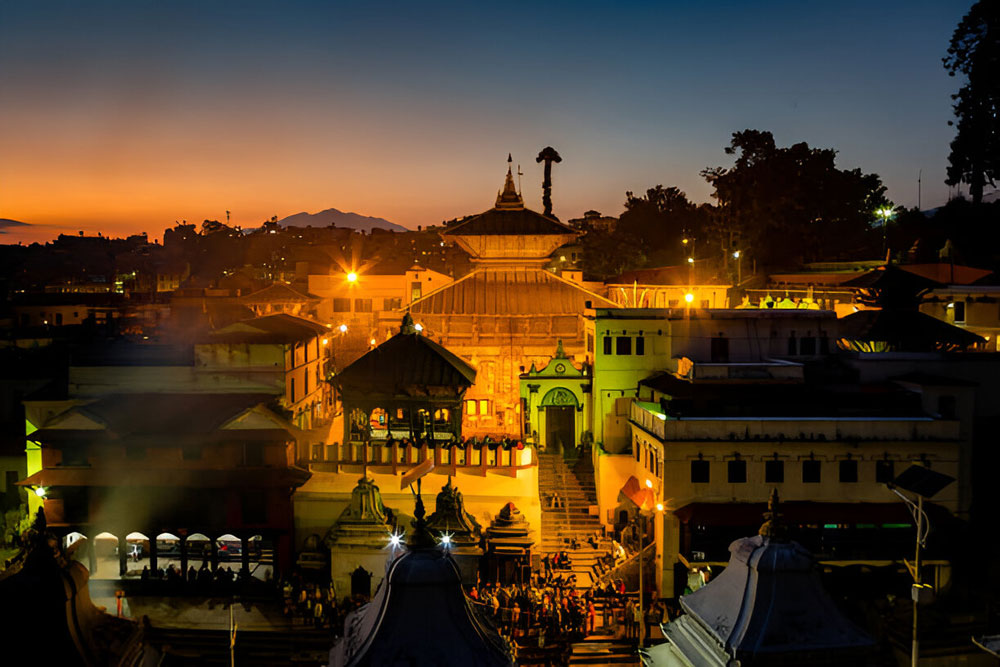
Shivaratri festival belongs to Lord Shiva, the supreme god of Hinduism who is equally known as Shambhu, Bhole, Mahadev, Shanker, Kailash, Pashupatinath, and so on. It falls in the Nepali month of Falgun (between February and March). Shivaratri is one of the most important festivals of Hindu people in Nepal and India. On this day, thousands of people visit the Pashupatinath temple in Kathmandu which is believed to be the origin of Lord Shiva. Followers of Lord Shiva from Nepal and India come to Pashupatinath temple to worship Lord Shiva.
Many Sadhus (yogis) from India and different parts of Nepal come to Pashupatinath temple to celebrate the Shivaratri festival. It is quite interesting to see those Sadhus on this day as most of them are half-naked and few of them are unclothed in Pashupatinath temple. The use of marijuana and cannabis is illegal in Nepal but in Shivaratri, it is offered to Shiva and his followers openly. We can see many Sadhus having marijuana in Pashupatinath during this festival. Shivaratri is celebrated in all Shiva temples all over Nepal.
Gai Jatra (cow festival)
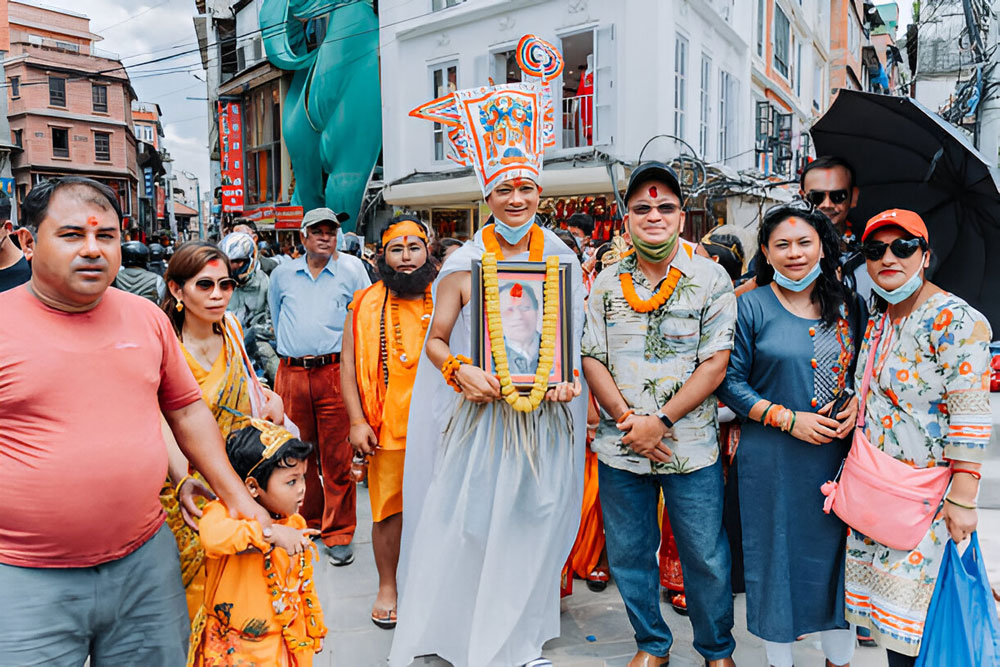
Gai means a cow and Jatra is a procession. Gai Jatra falls in the Nepali month of Bhadra (between July and August). This festival is celebrated with dancing, singing, and comedy that cause mirth and laughter. Gai Jatra festival is most popular among Newar people throughout the country. Newar people who had died in their families in the last year organized the Gai Jatra procession led by a cow. In the cities where there were no cows, young boys dressed up and decorated themselves as cow used to substitute the cows. Nowadays leading a Gai Jatra procession by young kids dressed up funnily has begun a tradition. Families, relatives, and friends of the host family participate in the Gai Jatra celebration.
Bisket Jatra
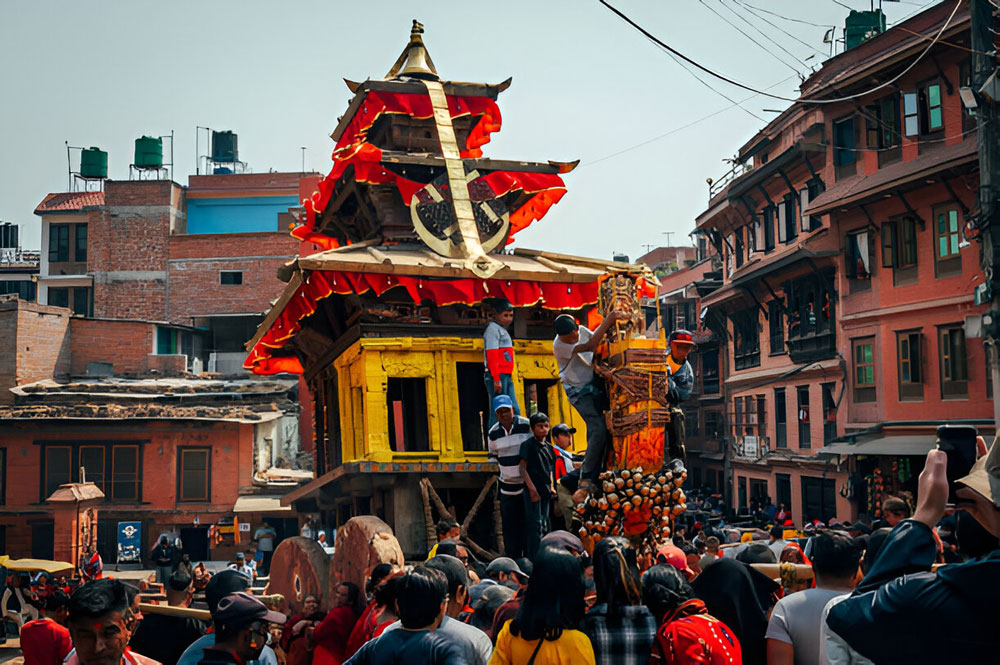
Bisket Jatra, the biggest festival of Bhaktapur, begins with the pulling of the chariot of Lord Bhairavnath on the premises of the five-storied Nyatapola temple. The festival commences at the start of the Nepali New Year. Hundreds of locals from either side of the Taumadi begin the Jatra by pulling the three-storied pagoda-style chariot. Thousands of people, including foreigners, enjoy the Jatra. The Bisket Jatra festival is celebrated for eight nights and nine days.
Holi festival (Fagu Poornima)

Holi is one of the major festivals of Hindus. It is celebrated in the spring season. Holi is known as the 'playing with colour' festival. Young and old, especially the children throw bags of water or a handful of colored powder at each other and make it a pleasure. In the Terai region, they celebrate it the next day when the people of the valley celebrate it.
Dashain

Dashain Festival is one of the most important and longest Hindu festivals which is celebrated all over Nepal delightfully. This festival usually falls in September or October and is celebrated for 15 days with local people in Jyamrung village, where residents engage in traditional rituals and share local cuisines.
It starts from the bright lunar fortnight (Shukla Paksha) and ends on the day of the full moon (Poornima) according to the Nepalese annual calendar. Hindus’ greatest festival, Dashain honors a great conquest of the gods over the evil demons. The symbol of power, Goddess Durga is worshipped during this festival.
Important Tip: After a city tour sightseeing in Kathmandu, you can start a cultural tour of Jyamrung village as part of the upcoming Dashain Tour in Nepal.
Tihar (Deepawali)
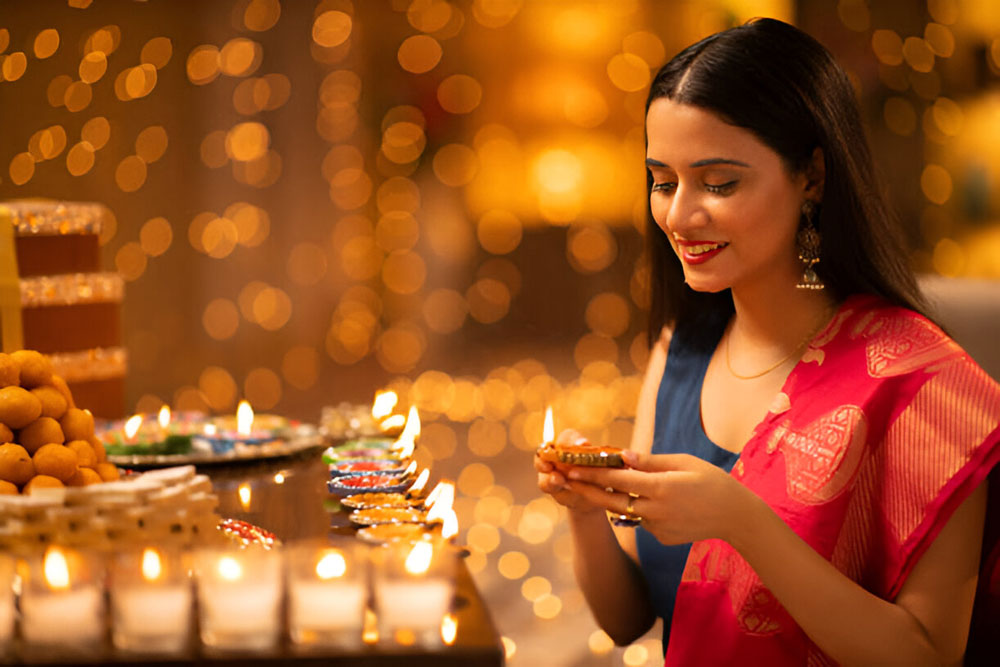
Tihar festival is a time of lights and glitter decorations, fancy sweets, and juicy fruits. The celebrations begin with the adoration of crows and dogs. Leaf dishes of rice, incense, and light are set out for the dark messenger, while dogs are worshipped and offered goodies. In the period of Tihar Laxmi, the Goddess of Wealth is worshipped. Rows of lamps are placed on windows and doors, with the strong hope that Laxmi is pleased to reside in the light.
The following day belongs to the cow, representative of Laxmi. Laxmi Puja, Gobardhan Puja, and Bhai Tika are a series of an event under Tihar. On the day of Bhai Tika sisters and brothers get together and accept Tika from each other. This day is called Brothers' Day. Brothers and sisters honour each other on this day and sisters pray to Yama, the God of Death, for their brothers' progress, prosperity, and longevity.
Lhosar
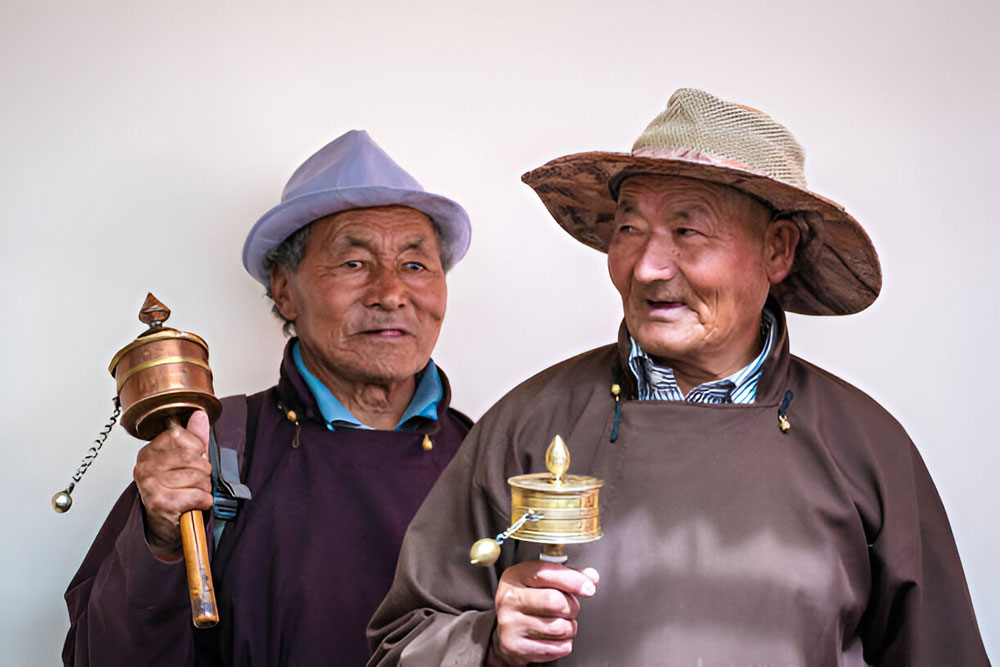
Sherpas and Tibetans welcome their New Year with feasts, family visits, and dancing. Families put on their finest clothes and jewellery and exchange gifts. Buddhist monks offer prayers for good health and prosperity and perform dances at the monasteries. Colourful prayer flags decorate streets and rooftops, and the colours seem especially brilliant at the Bouddha and Swayambhu stupas. Crowds of celebrants at Bouddha bring in the New Year by throwing tsampa (roasted barley flour) into the air.
Buddha Jayanti (religious festival)
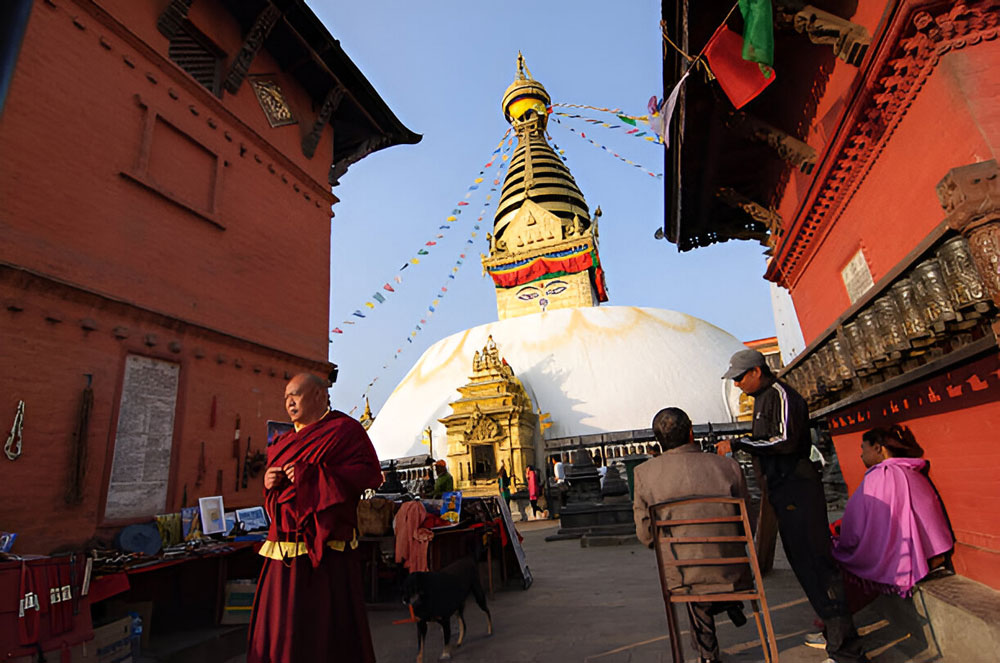
In Nepal, the birthday of Buddha (Buddha Jayanti) is of special significance to many because Nepal is the birthplace of Siddhartha Gautama Buddha. Buddhists in Nepal celebrate Buddha Jayanti on the full moon day in the Buddhist month of Baishakh (May). Buddha Jayanti is a special day for both Hindus and Buddhists in Nepal. On this occasion, people celebrate the life of Lord Buddha.
Indra Jatra
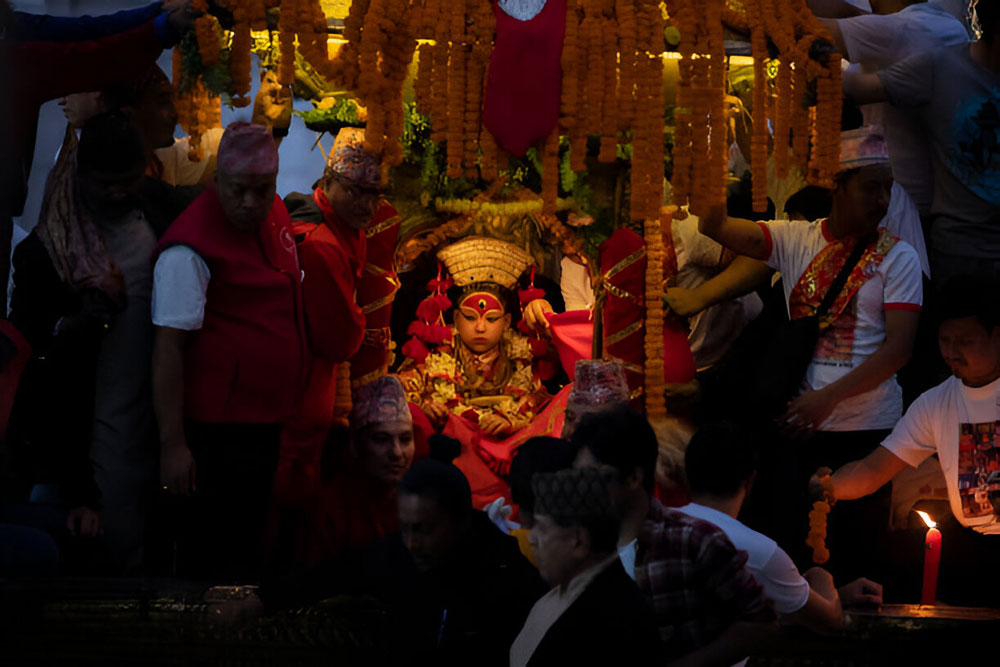
The eight-day-long Indra Jatra festival falls in September and is one of the most exciting and revered festivals of the Newari community of the Kathmandu Valley. This also marks the beginning of a month-long festival season of autumn. It begins with the erection of a wooden pole made of pine at Basantapur Square in front of the old Hanuman Dhoka Palace.
For the pole-raising ceremony, hundreds of spectators gather at the Palace Square and in the surrounding temples. The chariot of Kumari, the Living Goddess, is taken out in a procession through the main streets of Kathmandu. Masked dancers known as Lakhay take to the streets almost every evening accompanied by loud drums. The festival commemorates the time when Indra came down from heaven in human form to look for an herb.
